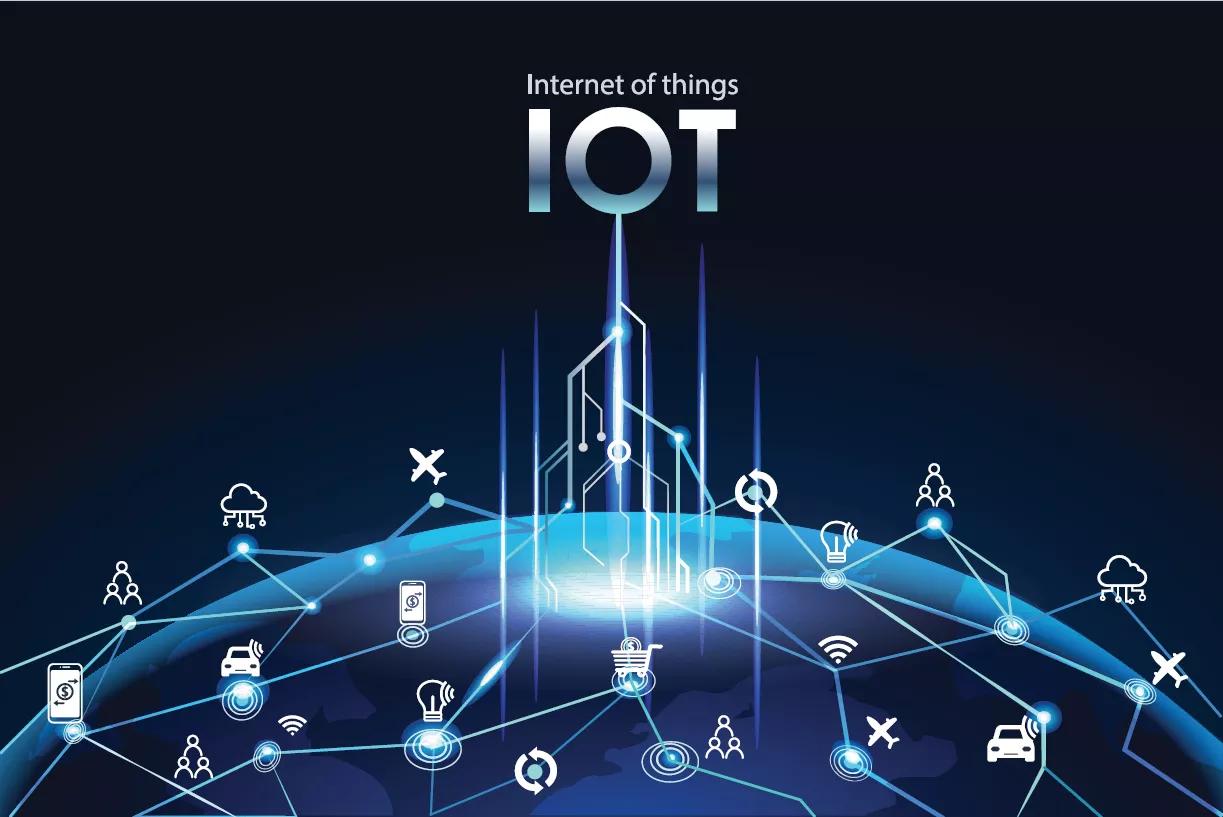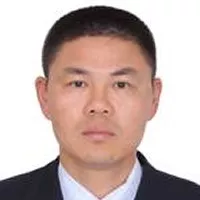
For nearly two decades, Sean Ding, CTO and chief scientist of Alibaba Cloud IoT, has worked in software and algorithm architectures, sensing, semiconductors, systems and cloud computing – all areas that have contributed to the rise of the Internet of Things (IoT). It’s no surprise, then, that Alibaba is leading next-generation innovation for the IoT. Ding will bring his expertise to his role as moderator of Brave New World - MSIG Conference on AI+IoT 2019, a half-day forum March 20, 2019, at SEMICON China in Shanghai, China. Maria Vetrano of SEMI spoke with Ding about technologies key to the IoT era including MEMS, sensors, artificial intelligence (AI), edge gateways and cloud computing.
SEMI: MEMS sensors are widely used in IoT devices. What is the relationship between AI and MEMS sensors?
DING: While MEMS sensors and AI will increasingly co-reside in end-user devices, I do not recommend adding AI next to the sensor (in the same package). That’s because designers continue to use the ASIC for signal conditioning, so A/D converters are still required. Rather, we should look to edge gateways to carry the majority of the workload, including deep learning, because this reduces system complexity and power consumption.
 SEMI: Why are smarter sensors shifting data processing and analytics to the edge of IoT devices?
SEMI: Why are smarter sensors shifting data processing and analytics to the edge of IoT devices?
DING: Data processing and analytics are very important for IoT devices, but we need to focus on understanding the data, parameter calibration and more. The MEMS sensor industry should leave big data analytics to edge computing and cloud computing because AI requires deep learning, demanding a huge amount of data.
The challenge is to find the sweet spot for data processing right next to the sensor element.

SEMI: What is China’s evolving role in innovation in MEMS sensors for IoT devices?
DING: At present, the MEMS community in China needs to figure out how to innovate instead of copying existing technologies, a low-margin business that will not help to grow the industry. One reason why I am so pleased to see the MSIG Conference on AI+IoT in China is that it will encourage greater creativity in the MEMS community in China, and this will ultimately lead to Chinese companies and R&D institutions leading innovation rather than copying it.
SEMI: What is the right approach to combining smart MEMS sensors with AI in IoT devices? Why is this important for both domestic Chinese and international markets?
DING: Combining data from sensors with cloud-edge computing is the right approach. As sensor companies increasingly provide end-to-end solutions, such as “sensor+ firmware + SaaS + app,” we will realize easier and faster integration of sensors in IoT applications.
This is incredibly important because China today is the world’s biggest market for IoT hardware. China has 2,000-plus design houses, 200-plus OEMs and thousands of distributors. That said, we still see a highly fragmented market that will benefit from a faster integration methodology.
Faster integration of MEMS sensors and AI/machine learning for IoT hardware will benefit designers in international markets as well.
SEMI: What do you hope MISG Conference on AI+IoT attendees will take away from the forum?
DING: MEMS sensors are highly fragmented, reflecting the highly fragmented applications in which they play. The MEMS sensors industry should figure out how to provide one-stop-shopping solutions for vertical markets. This will speed the scalability of applications and expedite the growth of sensor production.
 Sean Ding (柯镇) will moderate Brave New World - MSIG Conference on AI+IoT 2019 at SEMICON China on Wednesday, March 20, 2019, at Kerry Hotel Pudong in Shanghai, China.
Sean Ding (柯镇) will moderate Brave New World - MSIG Conference on AI+IoT 2019 at SEMICON China on Wednesday, March 20, 2019, at Kerry Hotel Pudong in Shanghai, China.
This conference has been organized by the MEMS & Sensors Industry Group (MSIG). Register today to connect with Sean Ding and featured speakers at the event.
Speakers at the MSIG Conference on AI+IoT 2019 at SEMICON China include:
Welcome and Introduction / 欢迎辞
Carmelo Sansone, Director, MEMS & Sensors Industry Group (MSIG), a SEMI technology community
AI Needs Accurate Data – MEMS Sensors Can Provide It / MEMS传感器为人工智能提供真实数据
Andrea Onetti, Group VP of Analog & MEMS Group, GM of MEMS Sensor Division, STMicroelectronics
Enhanced IoT Edge by Smart Sensors / 智能传感器助力IoT边缘智
Bennini Fouad, Regional President Asia Pacific, Bosch Sensortec
Horizon AI Processor & Solution, Enable Industries in AI Time / 地平线AI芯片解决方案,赋能千万业
Carl Zhang 张永谦, General Manager/VP, Smart Chip Solutions Division, Horizon Robotics
Inertial Sensors in AI Applications / 运动传感器AI应用案例
Ben Lee 李彬 , CEO, mCube
Ultra-Low-Power Solutions: an Ecosystem Approach / 超低功耗的生态链解决方案
Carlos Mazure, IEEE Fellow, Chairman & Executive Director, SOI Industry Consortium
High-Integrity, Fault-Tolerant Open Inertial Measurement Platform for AI-based Vehicle Automation / 适用于人工智能车辆自动控制的高集成及容错的惯性测量开放平台
Dan Dempsey, Senior Director of Automotive, ACEINNA
Maria Vetrano is a public relations consultant at SEMI.

